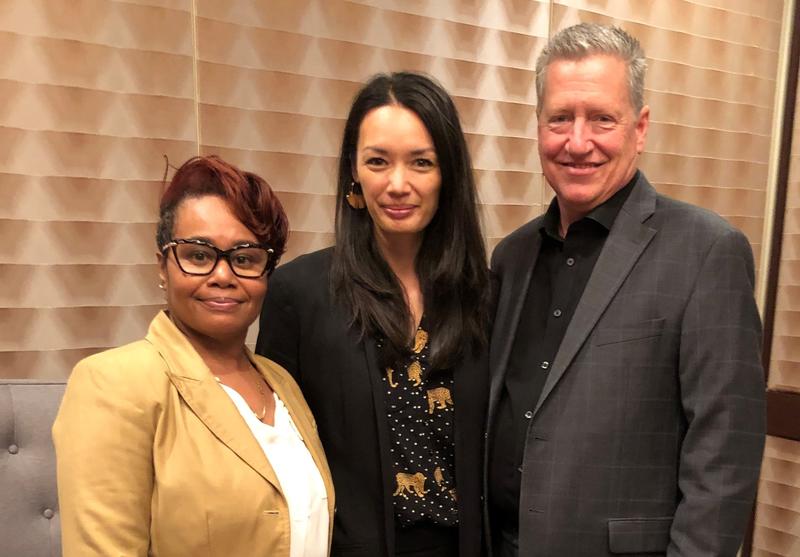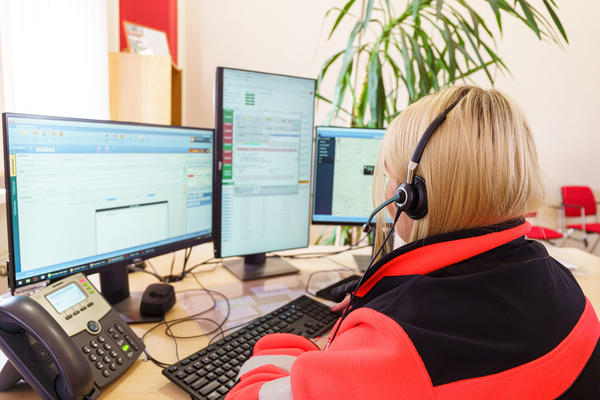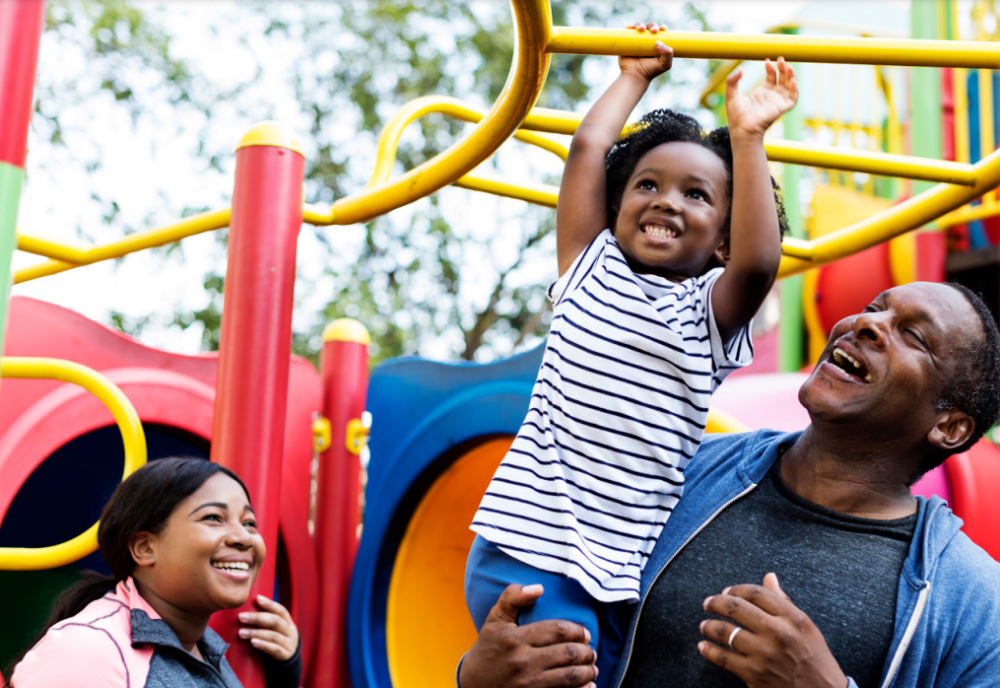Learn How to Overcome Common Challenges in Connecting Youth to Mental Health Services.

Learn how jurisdiction leaders can make referrals before crises arise, especially for youth in foster care.
Read the Publication
We help governments build systems that connect youth to the right mental health supports at pivotal times.
When children and youth can access the mental health supports they need and want, they are more likely to do well in school, remain in their homes, and contribute positively to their communities.
However, the CDC found that only 53% of youth ages 3-17 with a current mental health condition said they had received treatment or counseling from a mental health professional in the last year.
Youth may not know where to go for help, live in communities without sufficient, affordable or accessible supports, face stigma with accessing supports, or feel they cannot trust someone to help them.
Without adequate services or timely access, children and teens’ unmet behavioral health needs can escalate into behaviors that lead them to emergency health systems, child welfare offices, or even run-ins with law enforcement. Such interactions can add additional stress and trauma and still may not help youth access needed supports.
The GPL works with jurisdictions that are committed to testing new ways to serve youth and their families through efforts like:
We are now providing better support for our youth and better opportunities for them to remain in their placements. We have recently begun to observe a decrease in placement changes across the county, and less disruption means less trauma and better outcomes for our youth.Katie Sperling
Child Welfare Director in Bay County, Michigan
Learn how jurisdiction leaders can make referrals before crises arise, especially for youth in foster care.
Read the Publication
The GPL helped leaders in Bernalillo County, New Mexico develop comprehensive systems for procuring approximately $17 million in behavioral health services annually.
Read the Publication
Child welfare leaders in Michigan worked to ensure that every child who entered out-of-home care was screened for trauma and if needed, connected to behavioral health services.
Read the Publication
Strengthening Alternative 911 Emergency Response
Strengthening Alternative 911 Emergency Response
Preventing Child Welfare Contact
Strengthening Alternative 911 Emergency Response
Strengthening Alternative 911 Emergency Response
Preventing Child Welfare Contact





